Home>Gardening & Outdoor>Landscaping Ideas>What Causes Brown Patches In Bermuda Grass
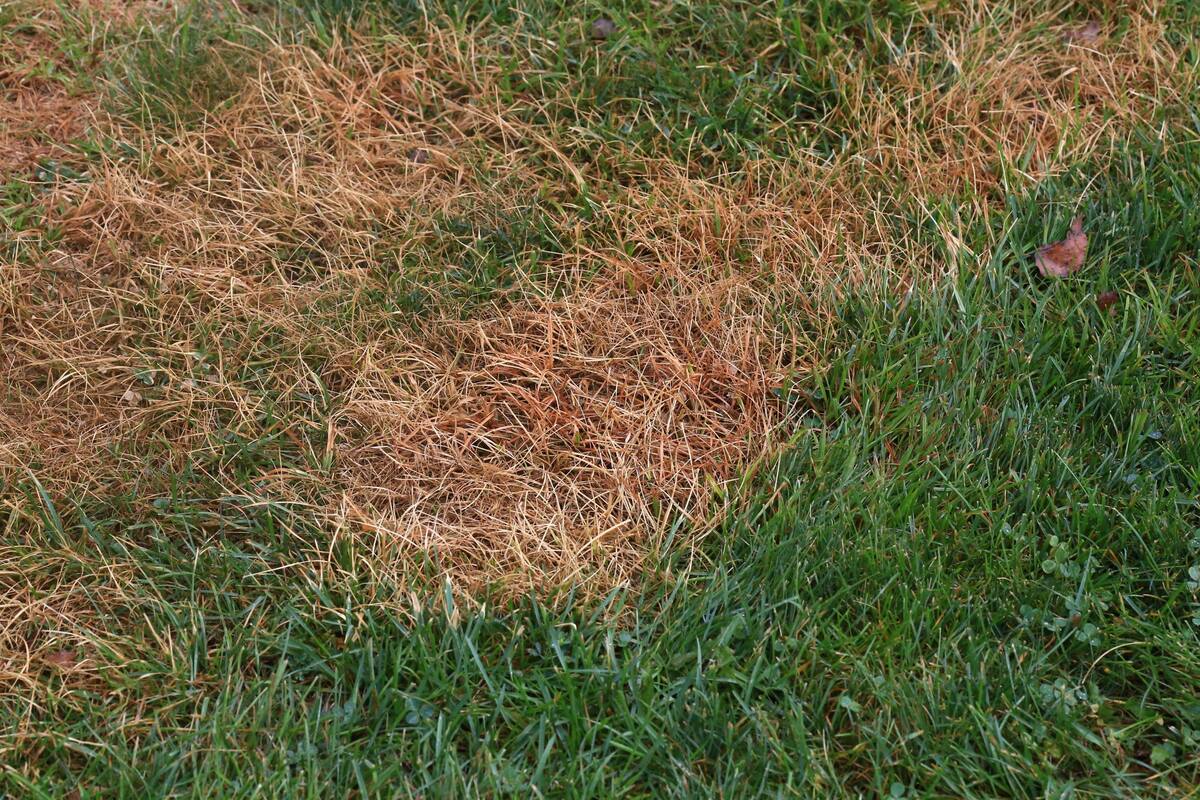

Landscaping Ideas
What Causes Brown Patches In Bermuda Grass
Modified: February 18, 2024
Discover the best landscaping ideas to prevent and treat brown patches in Bermuda grass. Find expert tips and solutions to maintain a healthy lawn.
(Many of the links in this article redirect to a specific reviewed product. Your purchase of these products through affiliate links helps to generate commission for Storables.com, at no extra cost. Learn more)
**
Introduction
**
Bermuda grass is a popular choice for lawns due to its durability, resilience, and vibrant green color. However, despite its many benefits, Bermuda grass is susceptible to developing unsightly brown patches. These patches can detract from the overall beauty of the lawn and leave homeowners wondering what went wrong.
In this article, we will explore the various factors that can lead to the development of brown patches in Bermuda grass. By understanding these causes, homeowners and landscapers can take proactive measures to prevent and treat this common issue, ensuring that their Bermuda grass remains lush and healthy throughout the year.
Let's delve into the world of Bermuda grass and uncover the secrets behind those perplexing brown patches.
**
Key Takeaways:
- Bermuda grass can develop brown patches due to factors like extreme heat, pests, and improper care. Homeowners can prevent this by maintaining proper watering, mowing, and pest control.
- To keep Bermuda grass healthy and green, homeowners should address environmental stressors, manage pests and diseases, aerate the soil, and ensure consistent watering. This proactive approach can prevent unsightly brown patches.
Read more: What Causes Brown Spots In Bermuda Grass
Understanding Bermuda Grass
**
Before we delve into the causes of brown patches in Bermuda grass, it’s essential to understand the nature of this resilient turfgrass. Bermuda grass (Cynodon dactylon) is a warm-season grass known for its exceptional heat tolerance, rapid growth, and ability to thrive in various soil types. It’s commonly found in regions with hot, humid climates, making it a popular choice for lawns, parks, and athletic fields.
Bermuda grass is characterized by its fine texture, dense growth pattern, and vibrant green color, which adds aesthetic appeal to outdoor spaces. Its robust nature allows it to withstand heavy foot traffic, making it an ideal choice for high-activity areas.
One of the key attributes of Bermuda grass is its aggressive growth and spreading habit. It has both above-ground stems, known as stolons, and below-ground stems, known as rhizomes, which enable it to quickly fill in bare patches and establish a thick, lush carpet of grass.
Additionally, Bermuda grass exhibits excellent drought tolerance, enabling it to endure prolonged periods of heat and limited water availability. This resilience makes it a low-maintenance option for landscapes in arid regions.
Understanding the unique characteristics of Bermuda grass is crucial for identifying the factors that can lead to the development of brown patches. By gaining insight into the grass’s growth habits, environmental preferences, and maintenance requirements, homeowners and landscapers can effectively address issues that may compromise the health and appearance of their Bermuda grass lawns.
**
Common Causes of Brown Patches in Bermuda Grass
**
When brown patches mar the lush green expanse of a Bermuda grass lawn, several factors may be at play. Identifying these common causes is crucial for implementing targeted solutions and restoring the grass to its vibrant state.
- Environmental Factors: Brown patches in Bermuda grass can be triggered by environmental stressors such as extreme heat, insufficient water, or soil compaction. Prolonged exposure to high temperatures without adequate irrigation can lead to localized drying and browning of the grass. Similarly, compacted soil restricts root growth and impedes water penetration, resulting in patchy brown areas.
- Pests and Diseases: Infestations by pests like grubs, armyworms, or nematodes can wreak havoc on Bermuda grass, causing noticeable brown patches as they feed on the roots and foliage. Moreover, fungal diseases such as brown patch and dollar spot can manifest as irregular brown areas on the lawn, signaling the presence of underlying infections.
- Improper Lawn Care Practices: Inadequate mowing, overfertilization, and improper watering can all contribute to the development of brown patches. Mowing Bermuda grass too short weakens the plants and makes them more susceptible to stress, while excessive fertilizer application can lead to chemical burns and discoloration. Furthermore, irregular watering or watering at the wrong times can create uneven moisture levels, resulting in patchy brown spots.
By recognizing these common causes, homeowners and landscapers can take proactive measures to address the underlying issues and prevent the recurrence of brown patches in their Bermuda grass lawns. In the following sections, we will delve deeper into each of these factors, providing insights into prevention and treatment strategies for maintaining a vibrant and healthy Bermuda grass lawn.
**
Environmental Factors
**
Environmental stressors play a significant role in the development of brown patches in Bermuda grass. Understanding the impact of these factors is crucial for implementing preventive measures and mitigating their effects on the lawn.
Extreme Heat: Bermuda grass thrives in warm environments, but excessive heat can take a toll on its health. Prolonged exposure to high temperatures, especially in the absence of adequate moisture, can cause the grass to enter a state of dormancy, leading to unsightly brown patches. To combat this, homeowners should ensure that their Bermuda grass receives sufficient water during periods of intense heat to maintain its vibrant green color and active growth.
Insufficient Water: Inadequate irrigation is a common culprit behind brown patches in Bermuda grass. When the grass does not receive enough water to support its growth and hydration needs, it can exhibit signs of stress, including browning and wilting. To prevent this, homeowners should establish a regular watering schedule, ensuring that the grass receives deep, thorough watering to promote healthy root development and overall resilience.
Soil Compaction: Compacted soil can hinder the growth of Bermuda grass, leading to the formation of brown patches. When the soil becomes compacted, it restricts the movement of air, water, and nutrients, impeding the grass’s ability to thrive. Aerating the lawn can help alleviate soil compaction, allowing for improved water penetration and root development. By addressing this issue, homeowners can promote a healthier and more vibrant lawn, reducing the occurrence of brown patches.
By addressing these environmental factors through proper lawn maintenance and proactive care, homeowners can minimize the risk of brown patches in their Bermuda grass, ensuring that their outdoor spaces remain visually appealing and inviting throughout the year.
**
Proper watering and mowing practices can help prevent brown patches in Bermuda grass. Water deeply and infrequently, and mow at the recommended height of 1-1.5 inches to promote a healthy lawn.
Pests and Diseases
**
Bermuda grass is susceptible to a range of pests and diseases that can cause brown patches to develop, compromising the overall health and appearance of the lawn. Understanding the signs and symptoms of these issues is vital for implementing targeted management strategies and preserving the vitality of the grass.
Pests: Infestations by pests such as grubs, armyworms, and nematodes can wreak havoc on Bermuda grass, leading to the formation of brown patches as they feed on the roots and foliage. Grubs, the larvae of certain beetles, are particularly notorious for causing damage to grass roots, resulting in weakened, discolored areas. Armyworms, on the other hand, are voracious consumers of grass blades, leaving behind brown, irregular patches as they devour the foliage. Additionally, nematodes, microscopic roundworms, can contribute to the decline of Bermuda grass, causing symptoms of stress and discoloration.
Diseases: Fungal diseases pose a significant threat to Bermuda grass, often manifesting as brown patches and irregular areas of discoloration. Common fungal infections that affect Bermuda grass include brown patch and dollar spot. Brown patch, characterized by circular patches of brown grass with a darker border, thrives in warm, humid conditions and can rapidly spread throughout the lawn. Dollar spot, named for the small, silver-dollar-sized lesions it produces, can also lead to the development of brown patches, signaling the presence of this fungal disease.
To address pest infestations, homeowners can implement integrated pest management strategies, which may include the targeted application of insecticides and the promotion of natural predators to control pest populations. Additionally, maintaining proper lawn care practices, such as regular mowing and appropriate fertilization, can help strengthen the grass’s resilience against pest damage.
When it comes to fungal diseases, ensuring proper air circulation, avoiding excessive thatch buildup, and practicing selective fungicide applications can aid in preventing and managing these issues, reducing the likelihood of brown patches and preserving the overall health of the Bermuda grass lawn.
By staying vigilant for signs of pest activity and disease development, homeowners can take proactive measures to safeguard their Bermuda grass from the detrimental effects of these threats, maintaining a vibrant and thriving lawn for all to enjoy.
**
Improper Lawn Care Practices
**
Improper lawn care practices can significantly contribute to the development of brown patches in Bermuda grass, undermining the overall health and appearance of the lawn. By understanding the potential pitfalls associated with maintenance routines, homeowners can adopt proactive measures to promote the vitality of their Bermuda grass.
Inadequate Mowing: Mowing Bermuda grass too short, especially during periods of stress, weakens the plants and makes them more susceptible to browning. Scalping the grass can hinder its ability to photosynthesize and thrive, leading to the emergence of unsightly brown patches. To mitigate this risk, homeowners should adhere to the recommended mowing height for Bermuda grass, allowing it to maintain its vigor and resilience.
Overfertilization: Excessive application of fertilizers can have detrimental effects on Bermuda grass, leading to chemical burns, nutrient imbalances, and discoloration. Overfertilization can contribute to the development of brown patches, compromising the overall aesthetic appeal of the lawn. Following a balanced fertilization schedule and using the appropriate products can help prevent these issues, promoting healthy growth and vibrant green coloration.
Improper Watering: Inconsistent or improper watering practices can create uneven moisture levels in the soil, resulting in the formation of brown patches. Watering Bermuda grass at the wrong times of day or providing insufficient irrigation can lead to localized stress and discoloration. Implementing a consistent watering schedule and ensuring deep, thorough watering can help maintain uniform moisture levels, reducing the risk of brown patches caused by hydration imbalances.
By adhering to best practices for lawn care and maintenance, homeowners can minimize the likelihood of brown patches in their Bermuda grass, fostering a lush, vibrant lawn that enhances the beauty of their outdoor spaces.
**
Preventing and Treating Brown Patches
**
Preventing and treating brown patches in Bermuda grass requires a comprehensive approach that addresses the underlying causes while promoting the grass’s overall health and resilience. By implementing proactive measures and targeted treatments, homeowners can safeguard their Bermuda grass from unsightly discoloration and maintain a lush, vibrant lawn.
Regular Maintenance: Consistent lawn care practices, including proper mowing, fertilization, and watering, form the foundation of brown patch prevention. Adhering to the recommended mowing height for Bermuda grass, following a balanced fertilization schedule, and ensuring deep, thorough watering can help fortify the grass against environmental stressors and maintain its vibrant green coloration.
Pest and Disease Management: Vigilance is key when it comes to pest and disease control. Regular inspections for signs of pest activity, such as grub damage or armyworm infestations, can aid in early detection and targeted intervention. Integrated pest management strategies, which incorporate natural predators and selective pesticide applications, can help manage pest populations. Additionally, promoting proper air circulation and practicing selective fungicide applications can aid in preventing and managing fungal diseases, reducing the likelihood of brown patches.
Aeration and Soil Management: Addressing soil compaction through aeration can improve water penetration and root development, reducing the risk of brown patches caused by restricted growth. By aerating the lawn, homeowners can promote healthy soil conditions and enhance the grass’s ability to thrive, minimizing the impact of environmental stressors.
Proper Irrigation: Establishing a consistent watering schedule and ensuring deep, thorough watering can help maintain uniform moisture levels in the soil, reducing the risk of brown patches caused by hydration imbalances. By promoting healthy root development and resilience through proper irrigation, homeowners can minimize the impact of water-related stress on their Bermuda grass.
By integrating these preventive measures and targeted treatments into their lawn care routines, homeowners can effectively mitigate the risk of brown patches in Bermuda grass, preserving the beauty and vitality of their outdoor spaces.
**
Conclusion
**
Understanding the causes of brown patches in Bermuda grass is essential for maintaining a vibrant, healthy lawn that enhances the beauty of outdoor spaces. Whether triggered by environmental factors, pest and disease infestations, or improper lawn care practices, brown patches can detract from the overall aesthetic appeal of Bermuda grass. By recognizing these common culprits and implementing targeted preventive measures and treatments, homeowners can safeguard their Bermuda grass from unsightly discoloration and promote its resilience.
By adhering to best practices for lawn care, including regular maintenance, pest and disease management, aeration, and proper irrigation, homeowners can minimize the risk of brown patches and maintain a lush, vibrant lawn throughout the year. Consistent vigilance and proactive intervention are vital for preserving the health and beauty of Bermuda grass, ensuring that it thrives in various environmental conditions.
As stewards of their outdoor spaces, homeowners play a crucial role in nurturing their Bermuda grass and creating inviting, visually appealing landscapes. By staying attuned to the needs of their grass and addressing potential stressors, they can cultivate a resilient, thriving lawn that serves as a source of pride and enjoyment.
Ultimately, the journey to preventing and treating brown patches in Bermuda grass is a testament to the dedication and care that homeowners invest in their outdoor environments. Through informed decision-making and proactive lawn care practices, they can create a vibrant, welcoming oasis that invites relaxation and recreation, free from the unsightly blemishes of brown patches.
With a steadfast commitment to the well-being of their Bermuda grass, homeowners can revel in the beauty of a lush, green lawn that enriches their outdoor living experience and provides a captivating backdrop for gatherings, play, and leisure.
Frequently Asked Questions about What Causes Brown Patches In Bermuda Grass
Was this page helpful?
At Storables.com, we guarantee accurate and reliable information. Our content, validated by Expert Board Contributors, is crafted following stringent Editorial Policies. We're committed to providing you with well-researched, expert-backed insights for all your informational needs.
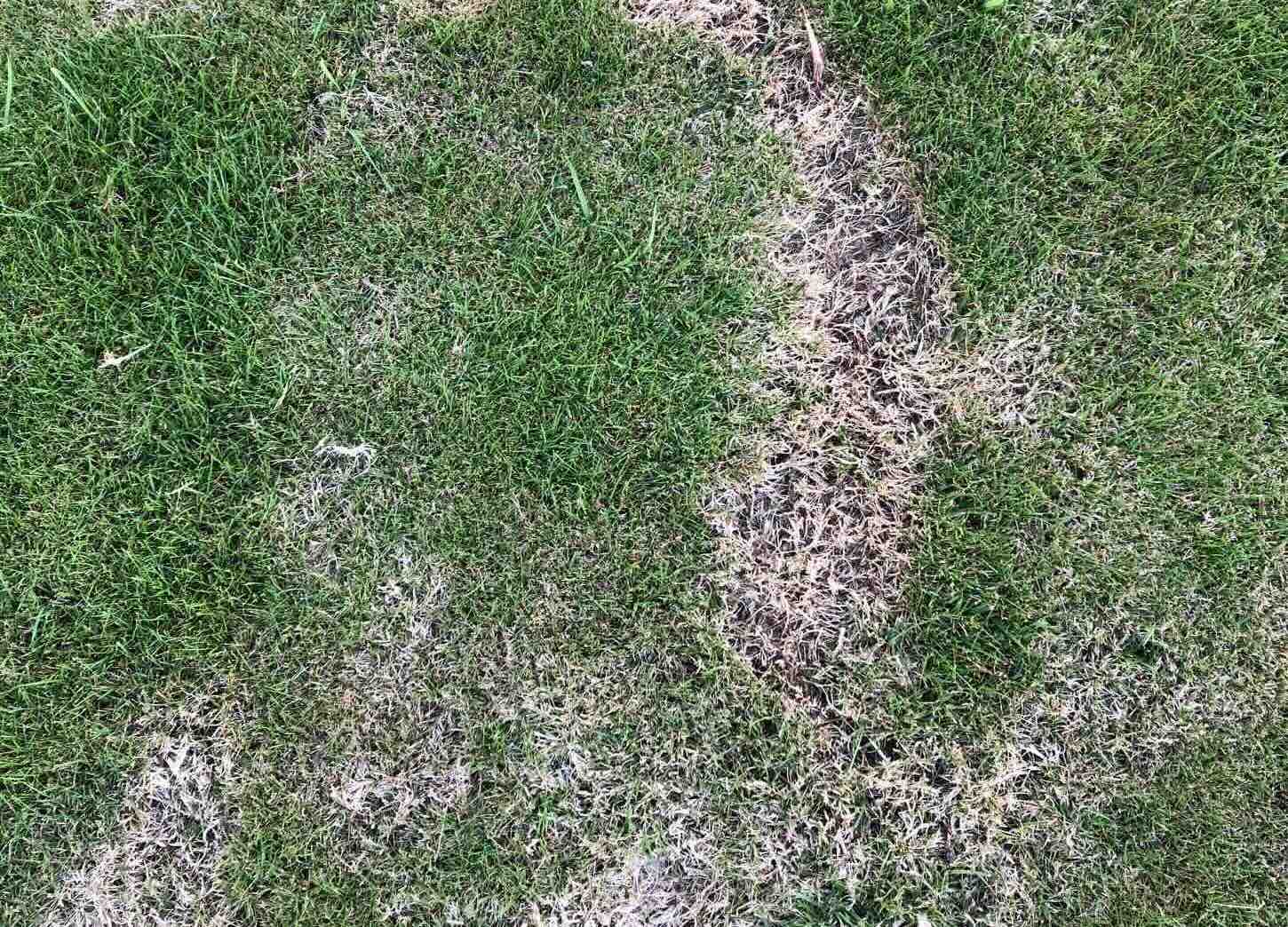
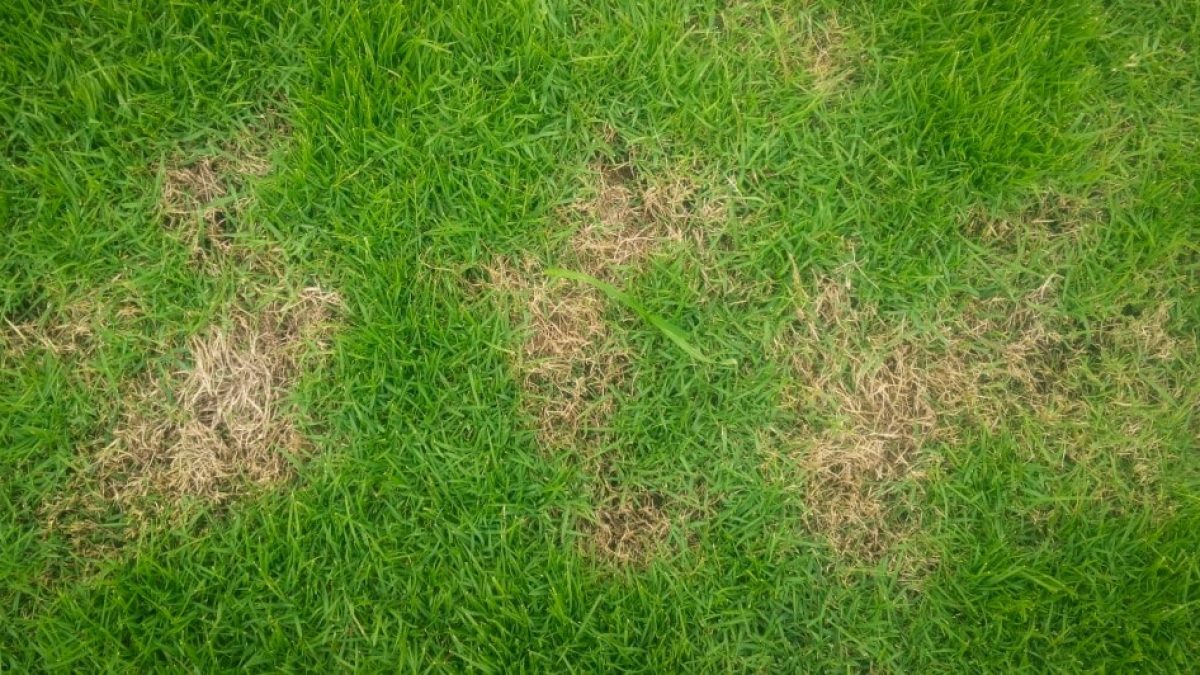
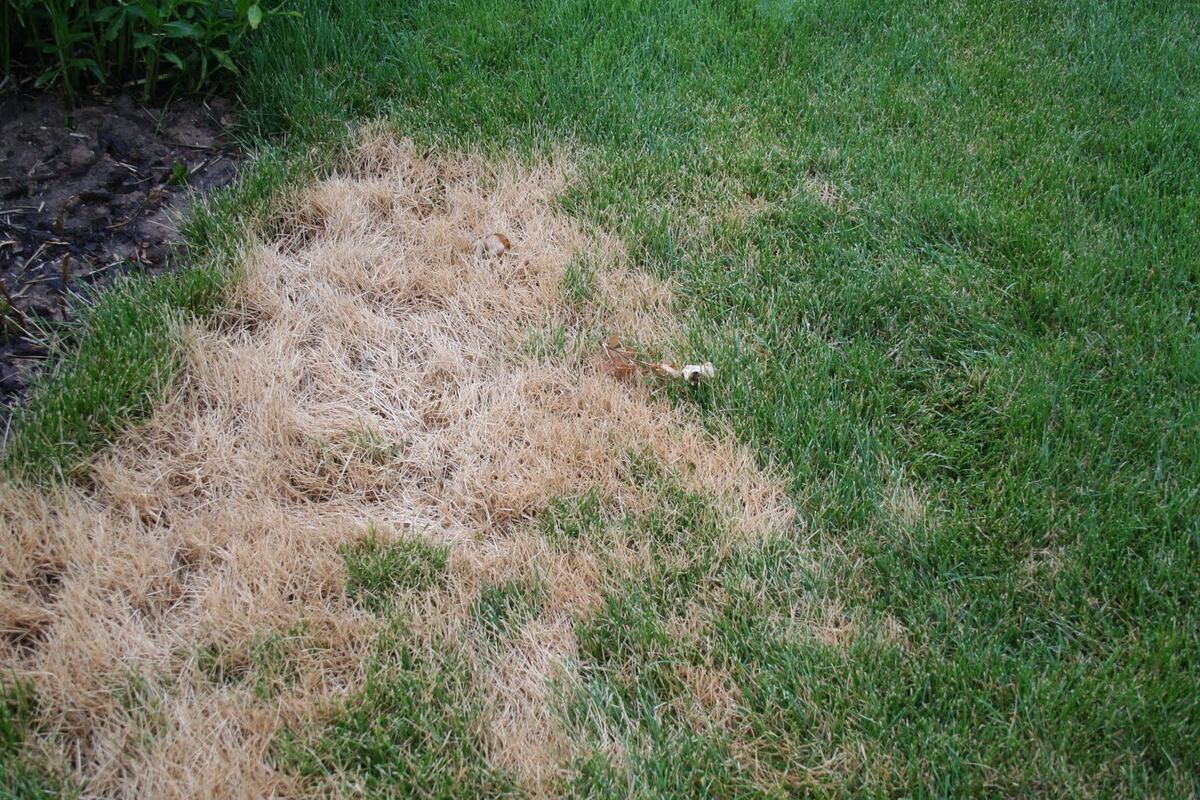
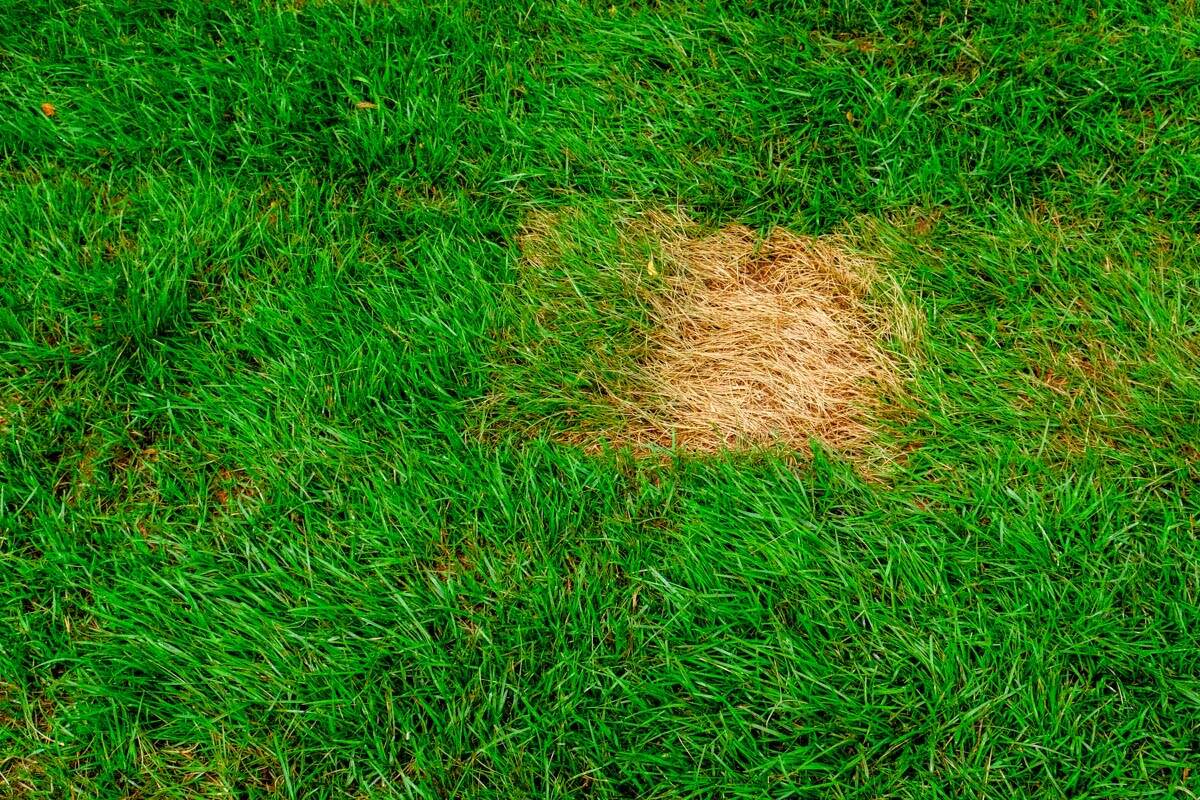
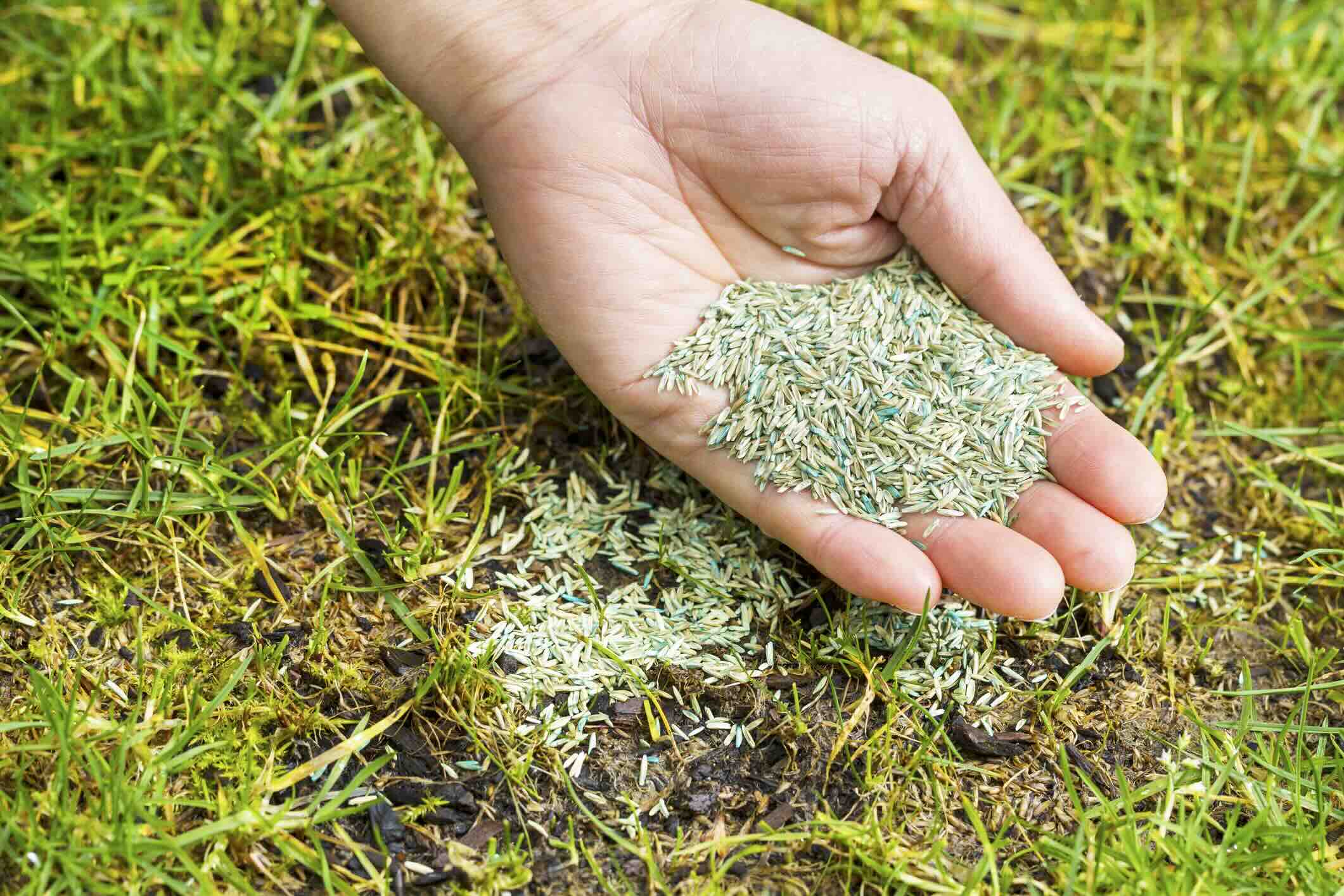
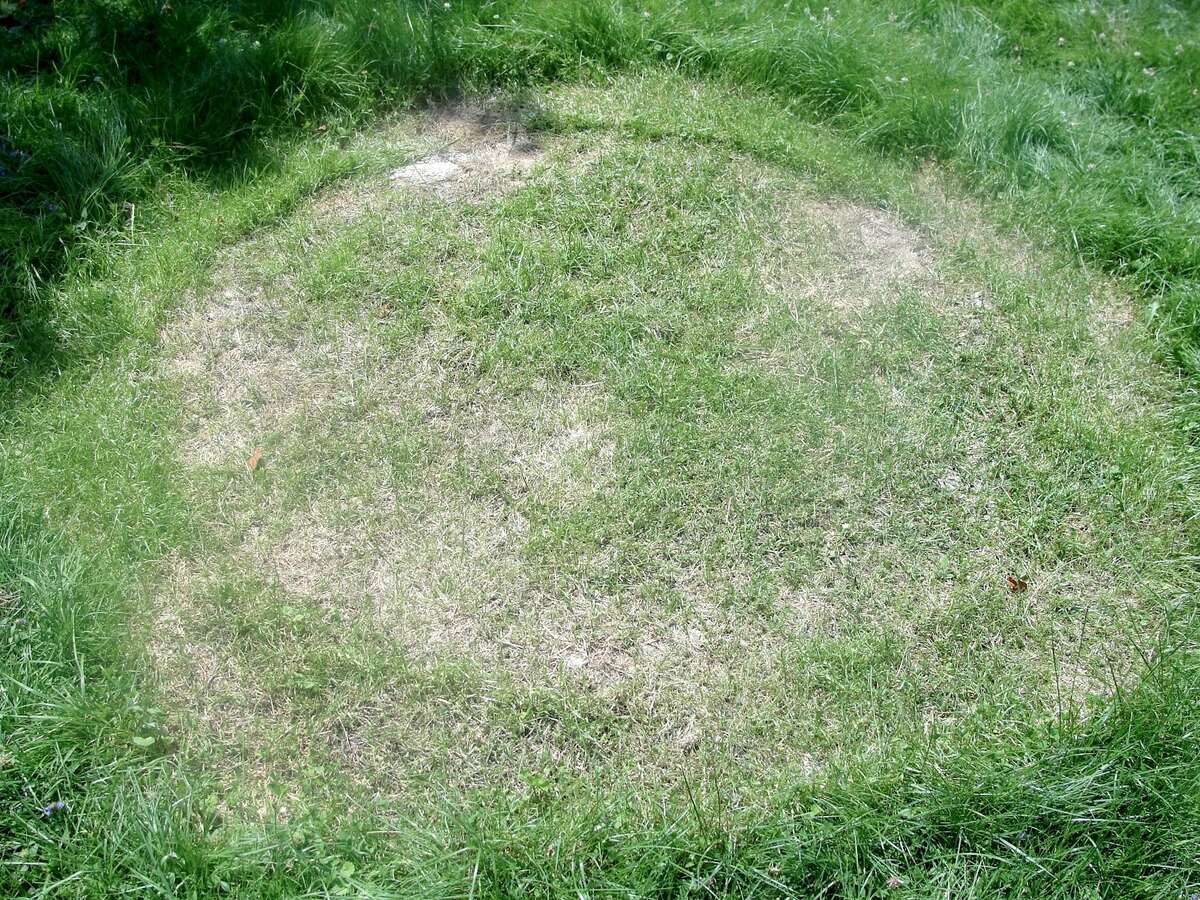
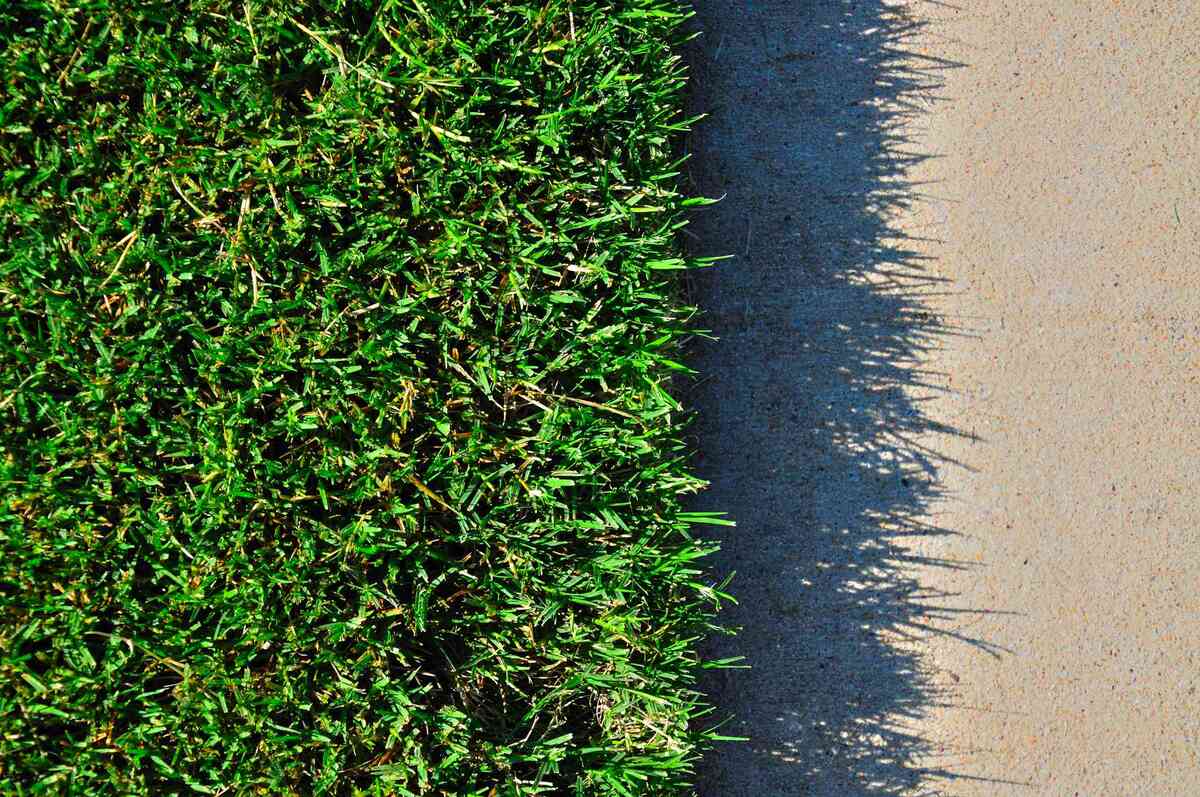
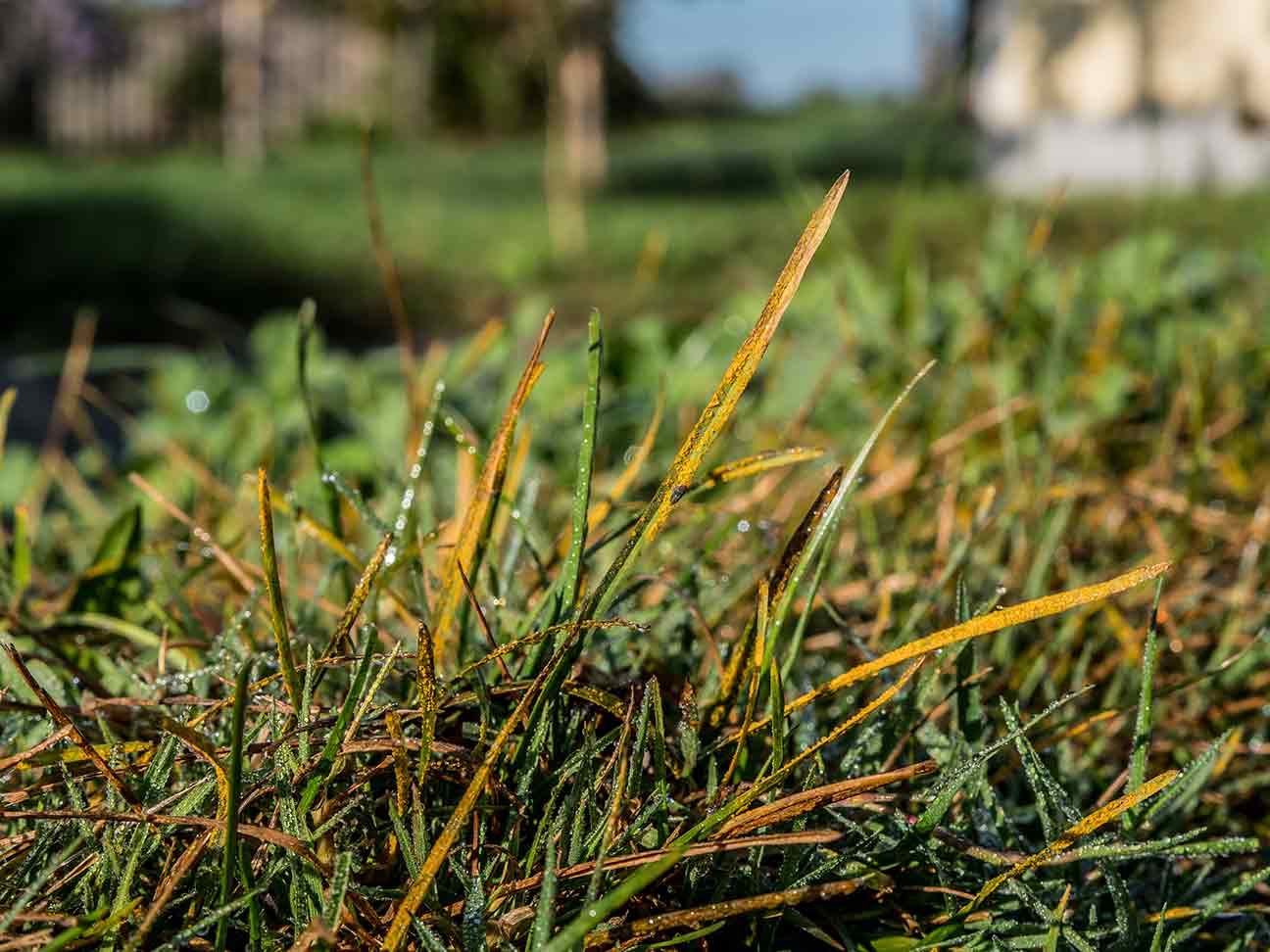
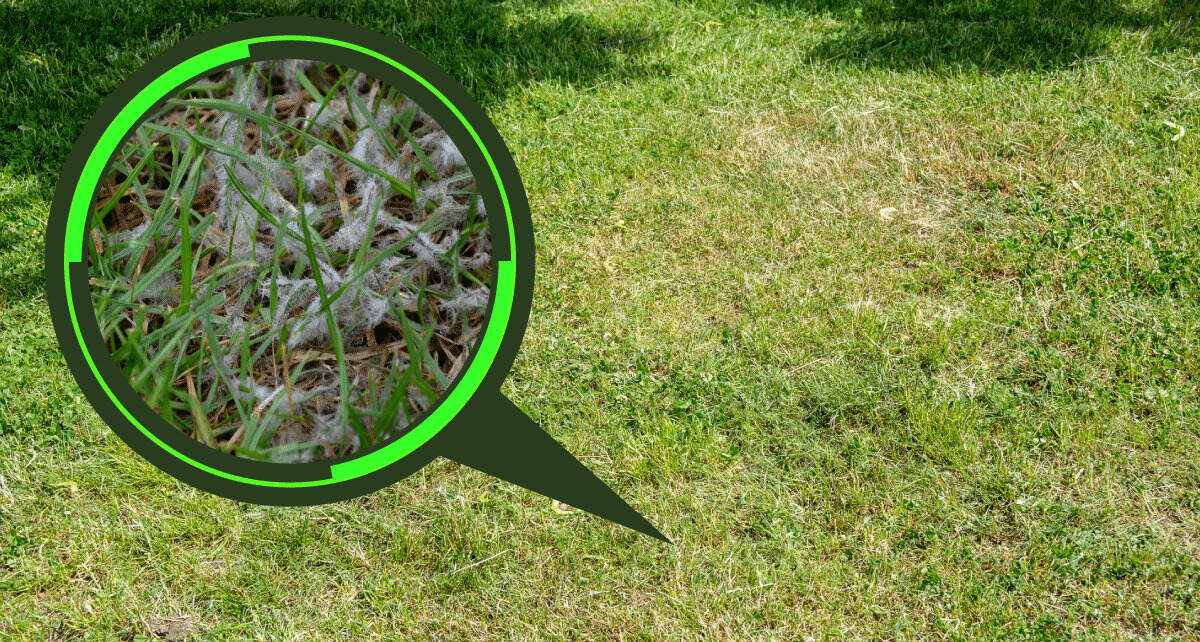
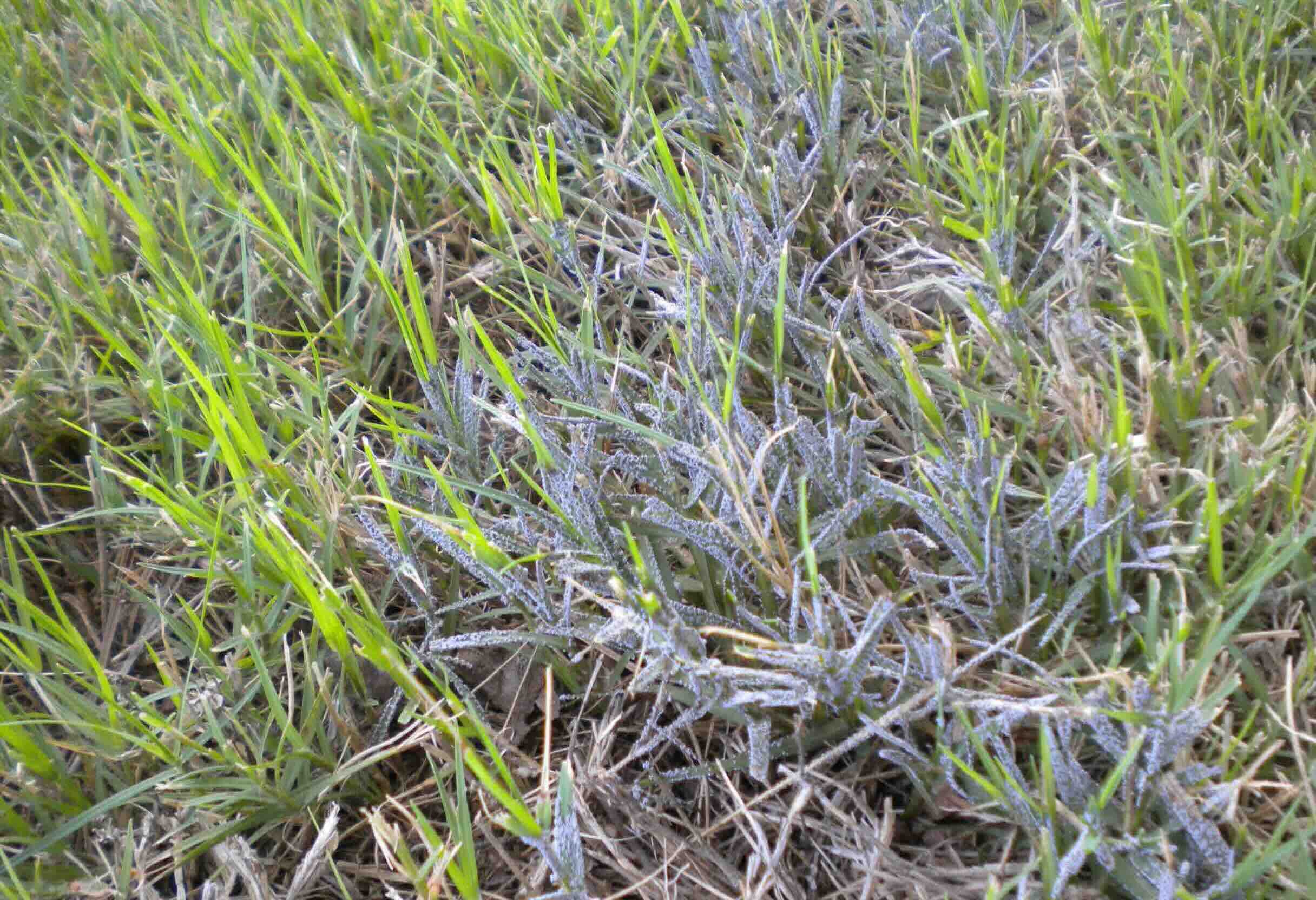
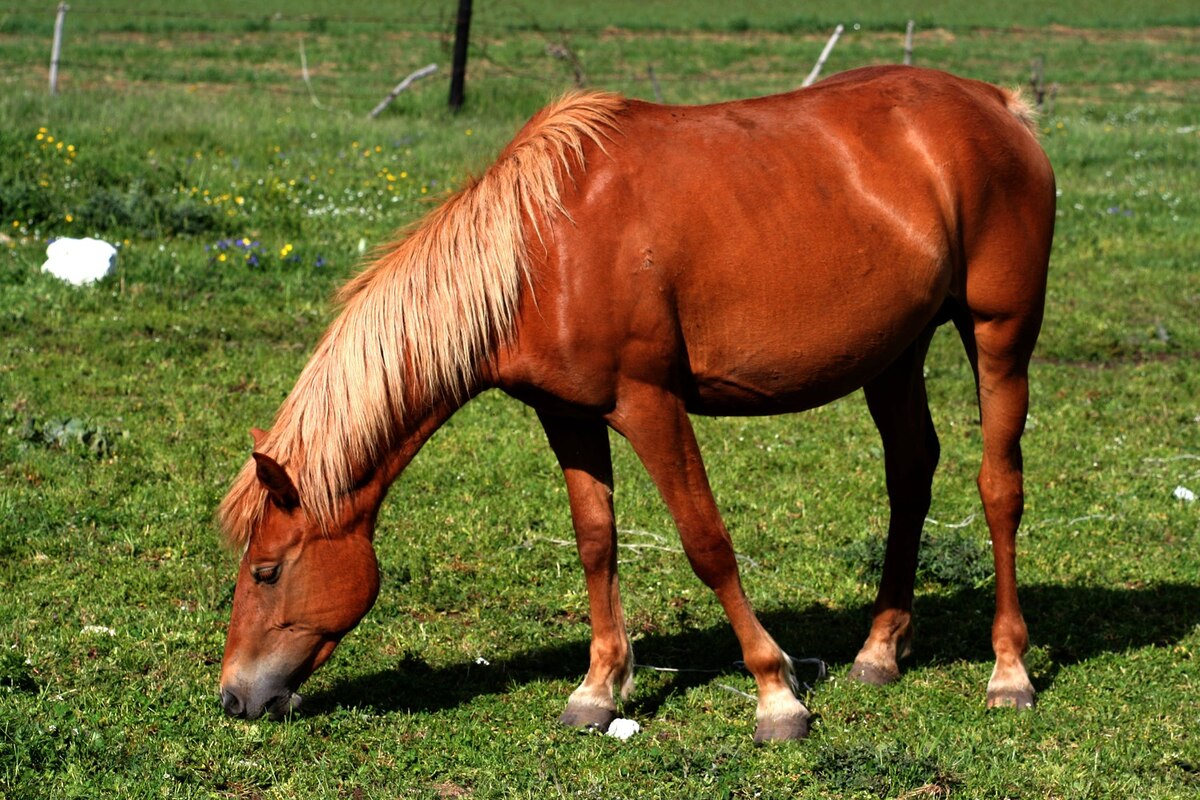
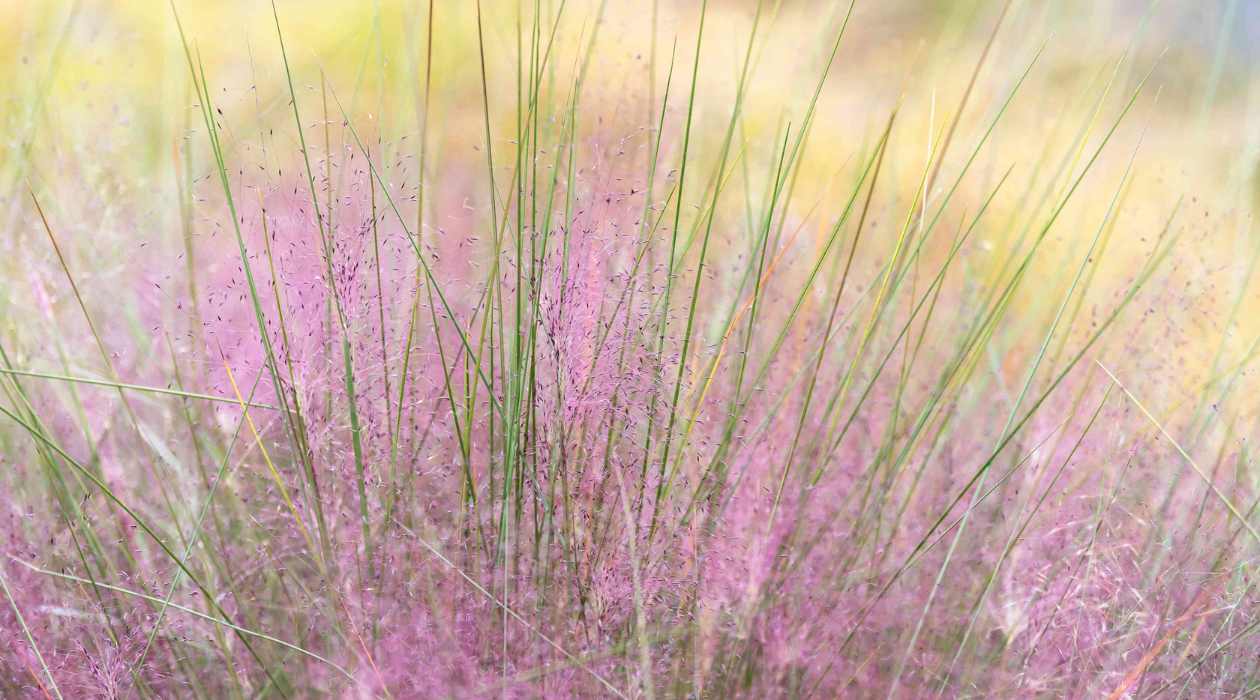
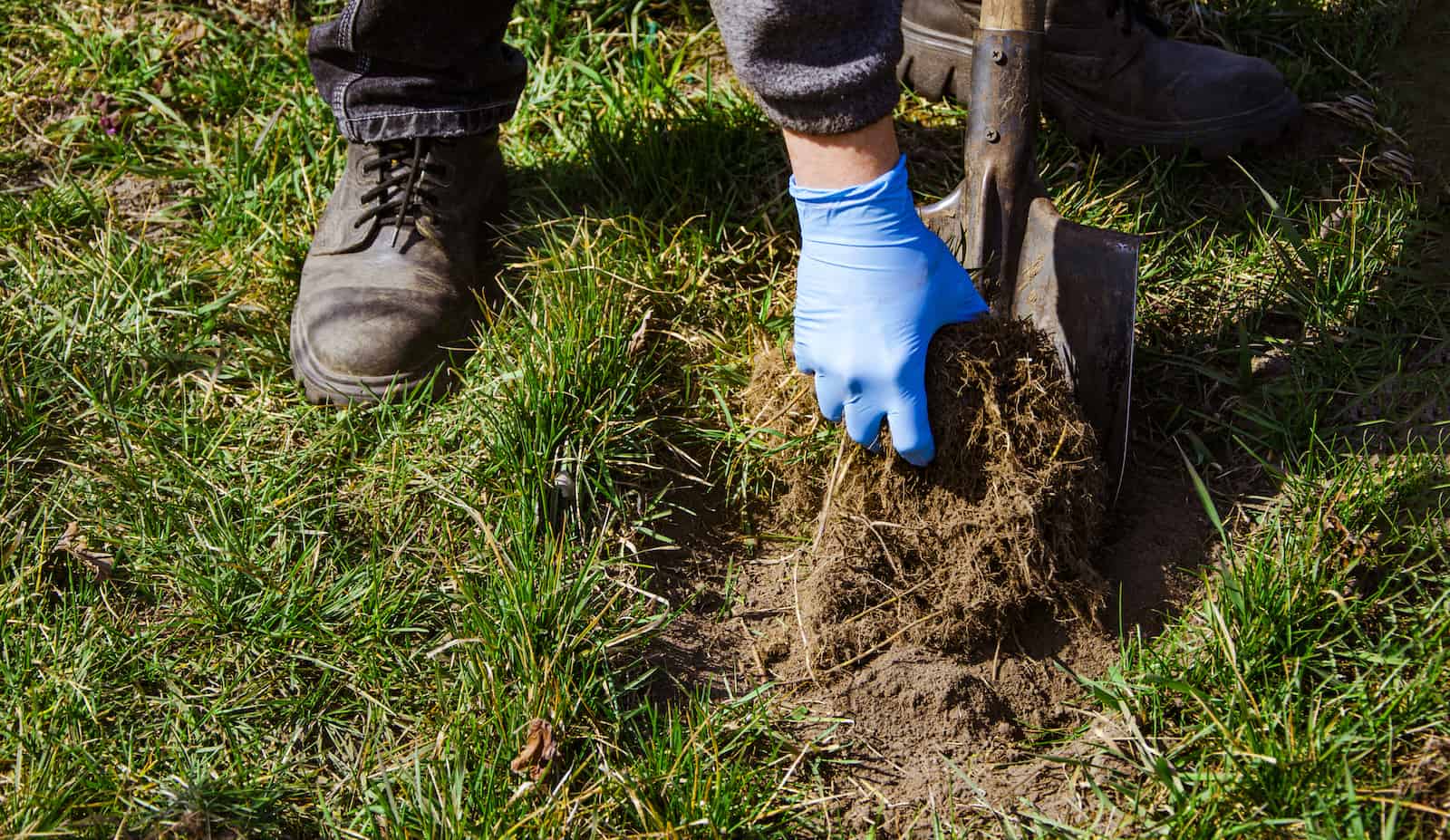
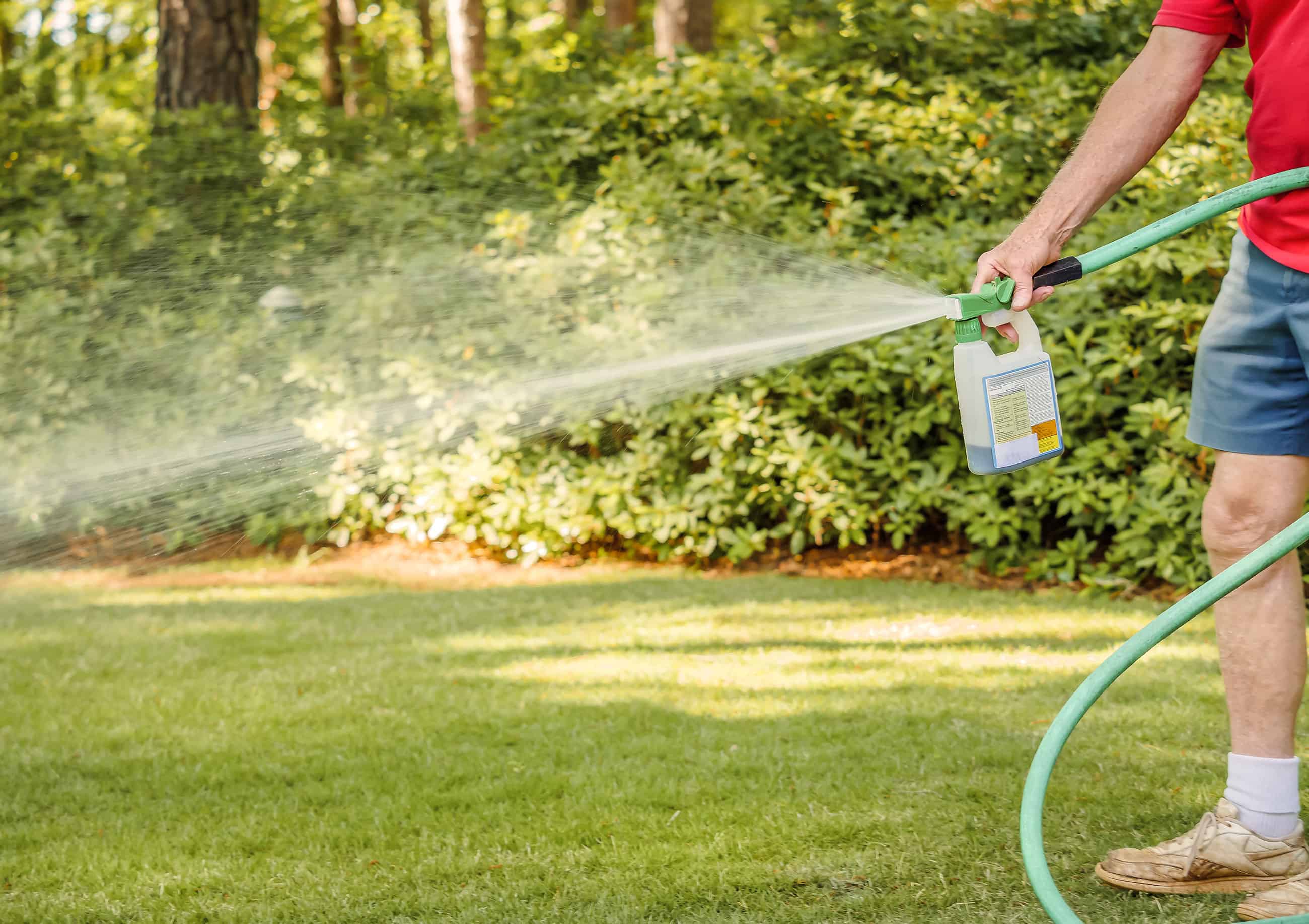

0 thoughts on “What Causes Brown Patches In Bermuda Grass”